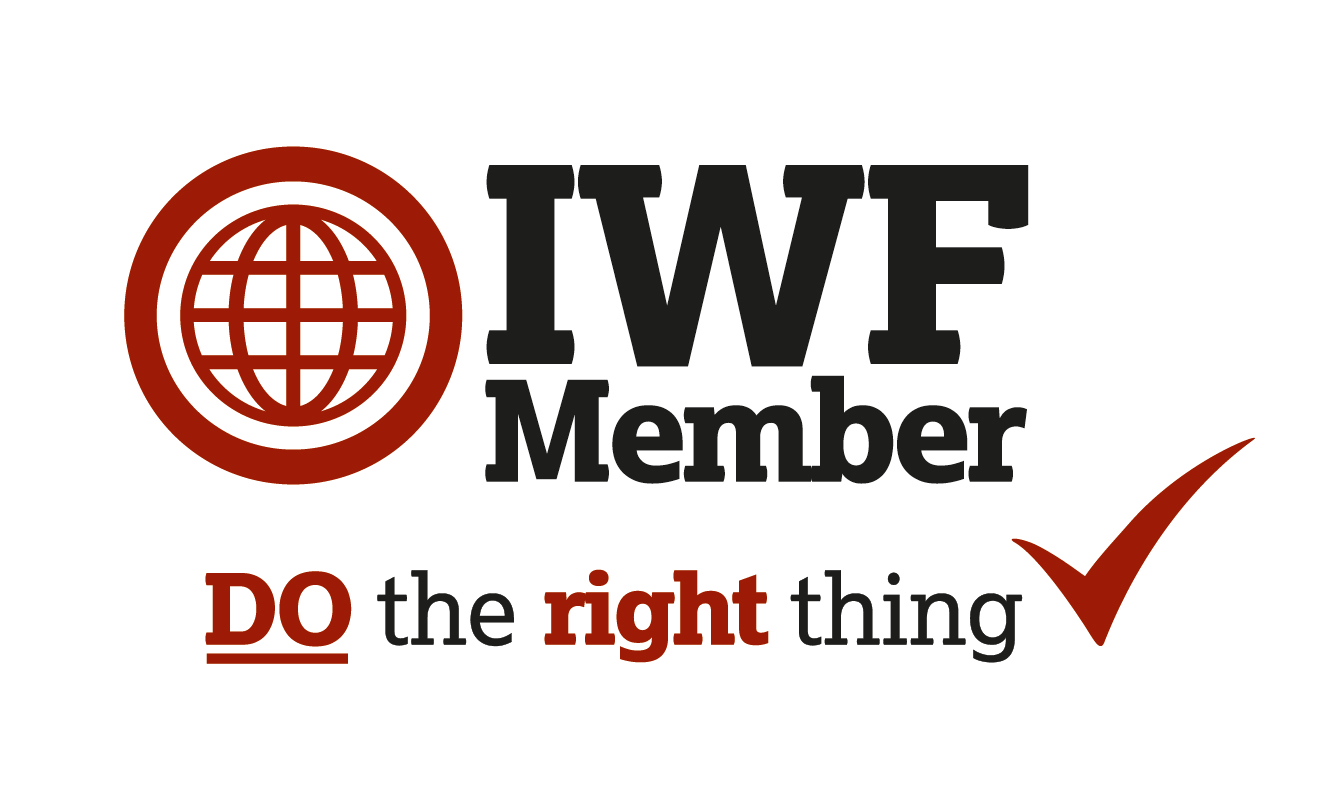Where can teachers find good resources to use when running mindfulness sessions with pupils?

First you may want to set the scene or create an atmosphere by preparing the environment and marking a change to usual lessons. Think in terms of all the senses: something special to look at, something nice to smell, touch or hear.
You may want to start by using some relaxing music or background sounds You tube (please see here for You tube access in schools) has plenty of choice, some of my favourites are:
This song is 6.5 mins long ‘Feel the rhythm of your heartbeat’ with memorable, slow, rhythmic, drum beat, very grounding and calming.
Here are a nice recording of rainfall that is relaxing.
For an object to focus on and to start a session this film of a burning candle is useful:
but obviously not quite as good as the real thing!
In addition the free App ‘Insight Timer’ has useful chimes/singing bowls sounding out in timed intervals that you can use for the beginning and end of a session.
For mindfulness activities there are many different places to go for gathering resources: books, Youtube, Ebay and of course your school’s music cupboard to name but a few. Audio Network from LGfL also has a range of tracks that can be used in schools
Young children can be asked to bring in their favourite soft toy to cuddle while doing slow breathing exercises as it helps them to focus on the physical changes of their tummy or chest going in and out as they breath. This expandable toy helps in a similar way. There are also a series of ideas of using the breathe ball here from The Mindful.org

Finding simple, attractive picture books that incorporate mindfulness practices or messages suitable for reading to primary aged children can be challenging but I have found parts of the following books great:
‘Sitting still like a frog’ by Eline Snel Aimed at parents. It comes with a CD with recordings of mindfulness practises in an American, female voice which may suit Key Stage 2 children.
‘A Handful of Quiet’ By Thitch Nhat Hanh. This book certainly has some lovely drawings, useful scripts and a few nice practical ideas e.g how to use objects from nature such as pebbles to initiate discussion and introduce mindfulness concepts. It gave me ideas for props and analogies.
For a free online resource for young children nursery to Year 2 Cosmic Kids Yoga, Peace Out and Zen Den are very popular.
For older children this is a great 12 minute meditation with a female english voice
Making resources for a mindfulness session can give it more importance and links to other planning such as DT, Music or ART. For example you could make home made rain sticks or calming musical compositions with garageband or the like.
Calming a busy mind can be demonstrated and visualised by making a jumbled thoughts jar (e.g. glitter in a jar of water) and can then later be used as a self-calming resource too.

Children are encouraged to shake it about and look through it and watch how if you stop and wait, your view of the world (or through your jar) becomes clearer. I have found children with complex needs autism, early years and Key Stage one classes love making their own to take home but don’t forget to explain their special purpose to parents otherwise they may get thrown out. There is a simple guide to how to make here.
Another winner to improve focus is using an egg timer to practice concentrating by keeping eyes utterly fixed on the falling sand until it runs out and then increasing the length of time and timer.
 I have sometimes given out egg timer certificates for different lengths of time to incentivise those who need something a little more concrete to show how they are learning to pay attention to the present moment on purpose for increasing amounts of time.
I have sometimes given out egg timer certificates for different lengths of time to incentivise those who need something a little more concrete to show how they are learning to pay attention to the present moment on purpose for increasing amounts of time.
Helping children to better know their own minds through these simple activities can have a profound effect on children’s ability to regulate their emotions and behaviour, socialisation, readiness to learn and resilience during exams if carried out with an open mind, sensitivity and regularity.
Many thanks to Marissa for sharing her expertise through these 3 blog posts, Marissa spoke at our Be Well conference this year and you can see her talk below:



